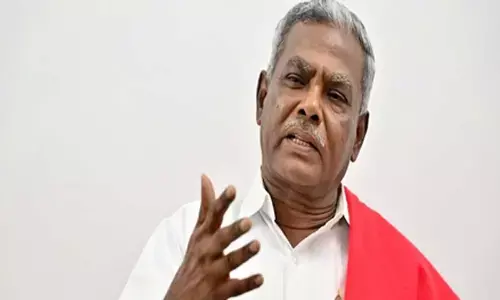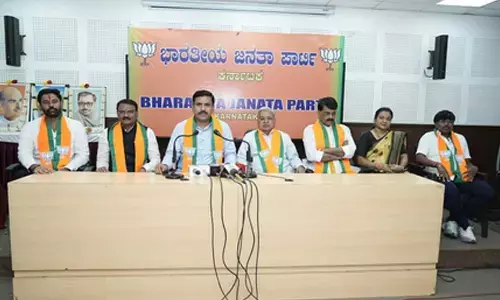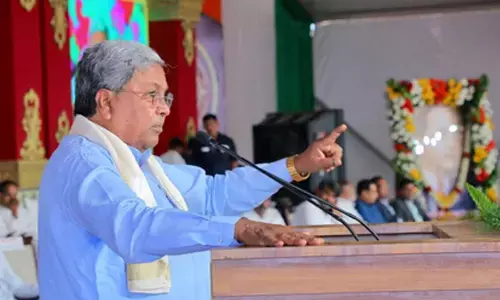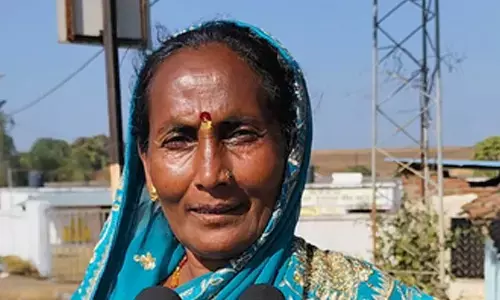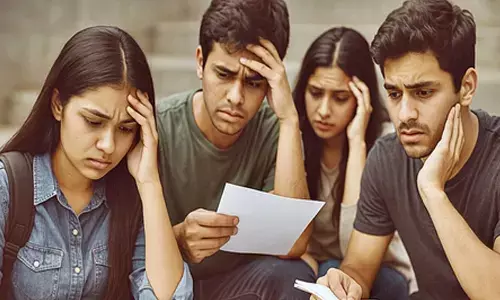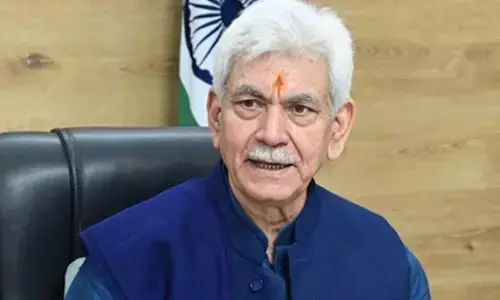Should marijuana use be legalised?
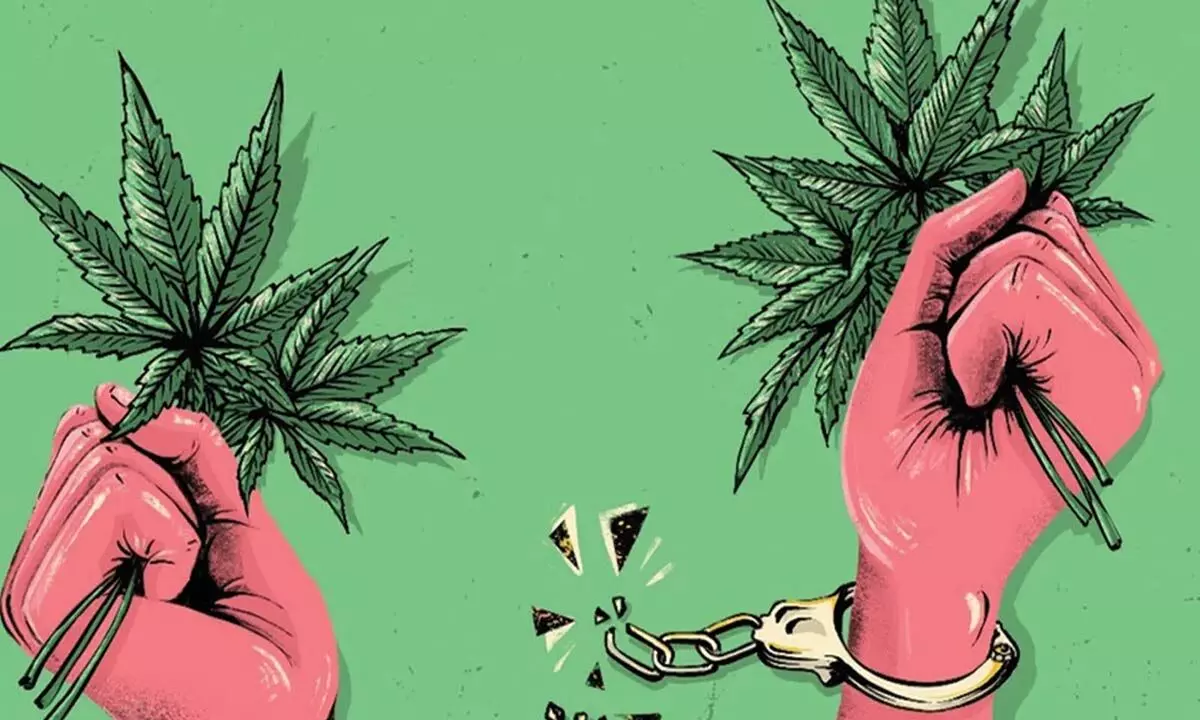
Marijuana refers to the dried leaves, flowers, stems, and seeds from the Cannabis sativa or Cannabis Indica plant.
Marijuana refers to the dried leaves, flowers, stems, and seeds from the Cannabis sativa or Cannabis Indica plant. The plant contains the mind-altering chemical-THC (Tetra-Hydro-Cannabinol), the main psychoactive ingredient in the cannabis plant. It's what makes a person feel “high” when he smokes marijuana or eat or drink (bhang/thandai) in an edible form.
The extent of drug abuse in India is a matter of significant concern not only for the government but to the community and the families of drug abusers. According to a 2019 Report of the Ministry of Social Justice and Empowerment, the prevalence of substance abuse in India is as follows: 14.6% of the population uses alcohol, with a higher prevalence among men than women. 2.8% of the population uses cannabis. The states with the highest prevalence of cannabis use are Uttar Pradesh, Punjab, Sikkim, Chhattisgarh and Delhi.
The Report also highlights the causes of drug abuse, including-family history of addiction, mental health disorders, peer pressure, lack of family involvement, early use of substances of abuse, taking highly addictive drugs. The different types of substance abuse in India include: alcohol, cannabis, opioids, sedatives, inhalants, cocaine, methamphetamine, fentanyl, stimulants, hallucinogens, etc.
The magnitude of substance abuse in India is a matter of deep concern, with an estimated 72 lakh people needing treatment for cannabis use, 11 lakhs for sedatives and 60 lakhs for opioids. Additionally, there are approximately 16 crore alcohol consumers in the 10 to 75 years age group, with 5.7 crore people needing treatment for alcohol use.
People smoke marijuana in hand-rolled cigarettes, emptied cigars that have been partly or completely refilled with marijuana or in pipes or hookah. Some people, particularly, peddlers, mix marijuana in food (edibles), such as brownies, cookies, or candy, or brew it as a tea. Smoking THC-rich resins extracted from the marijuana plant is on the rise. These extracts come in various forms, such as, hash oil, wax or budder, a soft solid with a texture like lip balm, shatter, a hard, amber-colored solid.
In the short term when a person smokes marijuana, THC quickly passes from the lungs into the bloodstream. The blood carries the chemical to the brain and other organs throughout the body. The body absorbs THC more slowly when the person eats or drinks it. In that case, they generally feel the effects after 30 minutes to 1 hour.
THC acts on specific brain cell receptors that ordinarily react to natural THC-like chemicals. These natural chemicals play a role in normal brain development and function. Marijuana over activates parts of the brain that contain the highest number of these receptors. This causes the "high" that people feel. Other effects include: altered senses (for example, seeing brighter colors; altered sense of time; changes in mood; impaired body movement; difficulty with thinking and problem-solving; impaired memory; hallucinations (when taken in high doses); delusions (when taken in high doses) and psychosis (risk is highest with regular use of high potency marijuana).
In the long term, marijuana also affects brain development. When people begin using marijuana as teenagers, the drug may impair thinking, memory, and learning functions and affect how the brain builds connections between the areas necessary for these functions. In some cases, marijuana's effects may last and some changes may be permanent.
Marijuana use may have a wide range of effects, both physical and mental. Breathing problems - Marijuana smoke irritates the lungs, and people who smoke marijuana frequently can have the same breathing problems as those who smoke tobacco. These problems include daily cough and phlegm, more frequent lung illness, and a higher risk of lung infections. Increased heart rate - Marijuana raises heart rate for up to 3 hours after smoking. This effect may increase the chance of heart attack. Older people and those with heart problems may be at higher risk.
Marijuana use during pregnancy is linked to lower birth weight and increased risk of both brain and behavioral problems in babies. If a pregnant woman uses marijuana, the drug may affect certain developing parts of the fetus's brain. Children exposed to marijuana in the womb have an increased risk of problems with attention, memory, and problem-solving compared to unexposed children. Some research also suggests that moderate amounts of THC are excreted into the breast milk of nursing mothers. With regular use, THC can reach amounts in breast milk that could affect the baby's developing brain. Other recent research suggests an increased risk of preterm births
Regular, long-term marijuana use can result in some people to experience regular cycles of severe nausea, vomiting, and dehydration, sometimes requiring emergency medical attention. Marijuana use has also been linked to other mental health problems, such as depression, anxiety, and suicidal thoughts among teens. Marijuana use can lead to the development of a substance use disorder, a medical illness in which the person is unable to stop using even though it's causing health and social problems in their life. Use of marijuana regularly may become a ‘Gateway Drug” leading to harder drugs like heroin, cocaine and psychotropic substances like, methamphetamine, fentanyl, etc.
As of now no medications are currently available to treat marijuana use disorder, but behavioral support can be effective.
In the above scenario, should the use of marijuana be legalised? Legalising recreational marijuana would lead to increase in teenage use, resulting in medical emergencies, including traffic deaths from driving when a person is ‘high’. There will be increased visits to hospitals, loss of productivity, crime, and work place accidents. One has to take into account as to what happens if a driver of a taxi, bus, train or any public transport system uses marijuana and the risk for the passengers. What happens when a doctor who has to perform a surgery is addicted to marijuana?
These are some of the factors one has to keep in mind before thinking of legalising the use of marijuana even for recreational purpose. Instead of legalising the use of marijuana, we should treat drug addicts, particularly those using marijuana not as criminals but as victims of a major societal problem and not subject to criminal prosecution and incarceration. They should be referred to treatment centres for de-addiction, rehabilitation and finally integration with the family and ultimately with the society.
As a first step it is necessary to de-criminalise the provisions of Section 20 of the Narcotic Drugs and Psychotropic Substances Act, 1985, which provides for rigorous imprisonment (RI) for a term which my extend to 6 months, or with fine which may extend to Rs 10,000 or both, If it involves small quantity. If the quantity involved is lesser than commercial quantity but greater than small quantity, with RI, for a term which may extend to 10 years and with fine which may extend to Rs 1,00,000.
Correspondingly, the provisions of Sections 64 and 64A of the NDPS Act, 1985 dealing with ‘Power to tender immunity from prosecution’ and ‘Immunity from prosecution to addicts volunteering for treatment’ have to be rationalised, further liberalised and harmonised with the provisions of Section 20 of the NDPS, Act, 1985. Hopefully, Parliament will consider these steps to humanise the problem being faced by cannabis addicts and incidentally their families who suffer agony while dealing with their children.
(Writer is Former DG, NCB, DG-DRI and
Member, CBIC)









